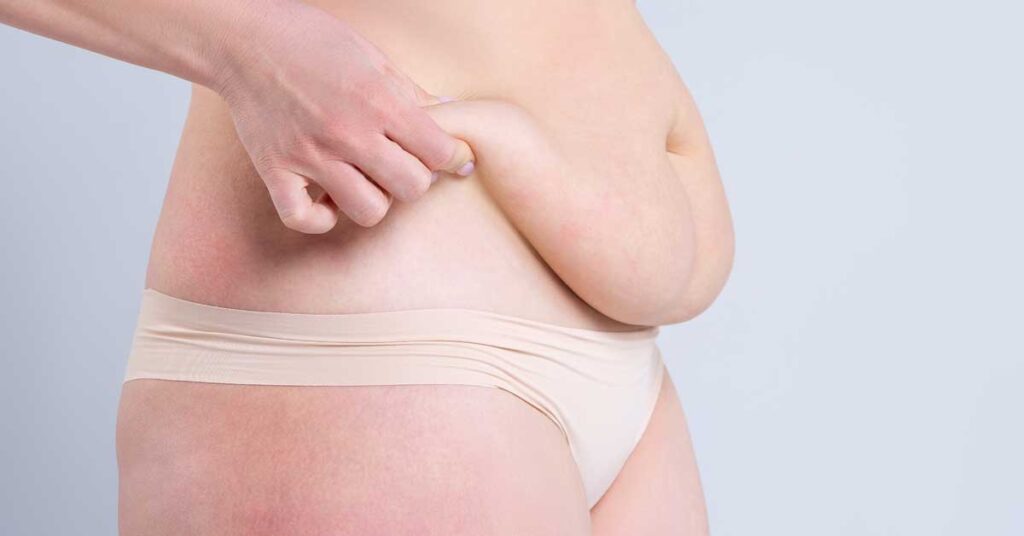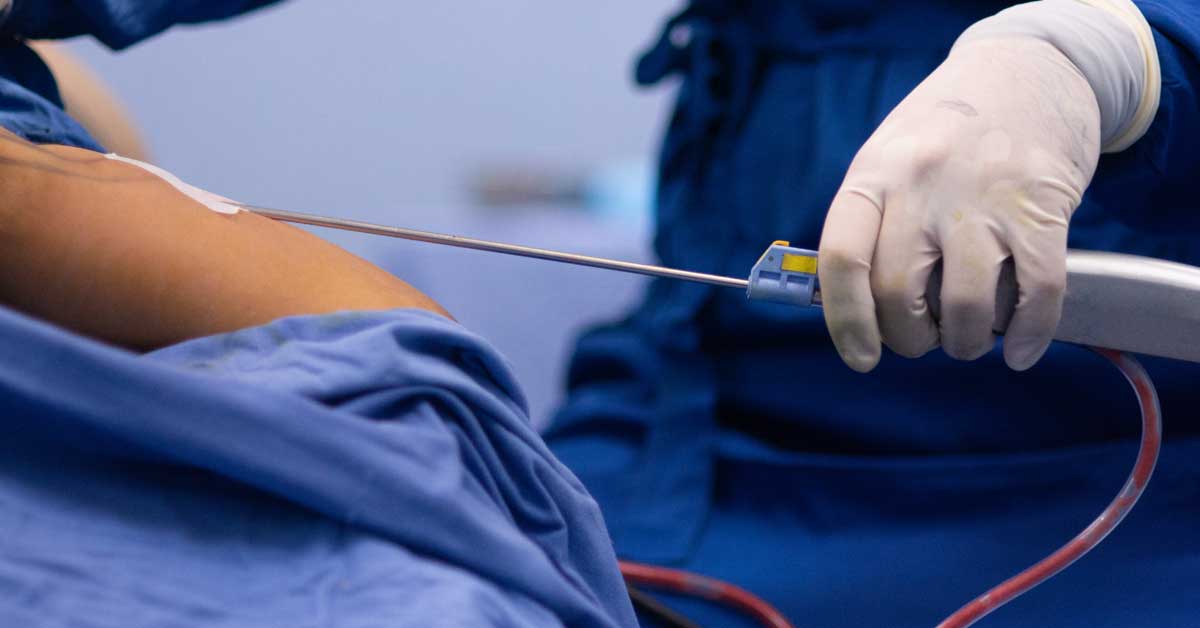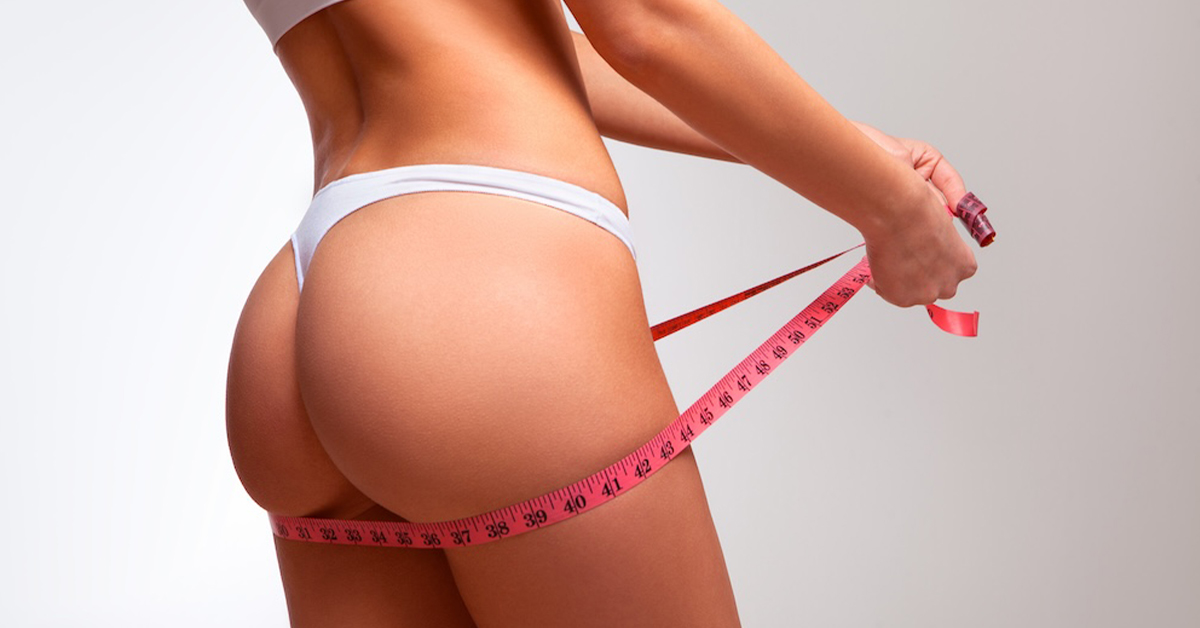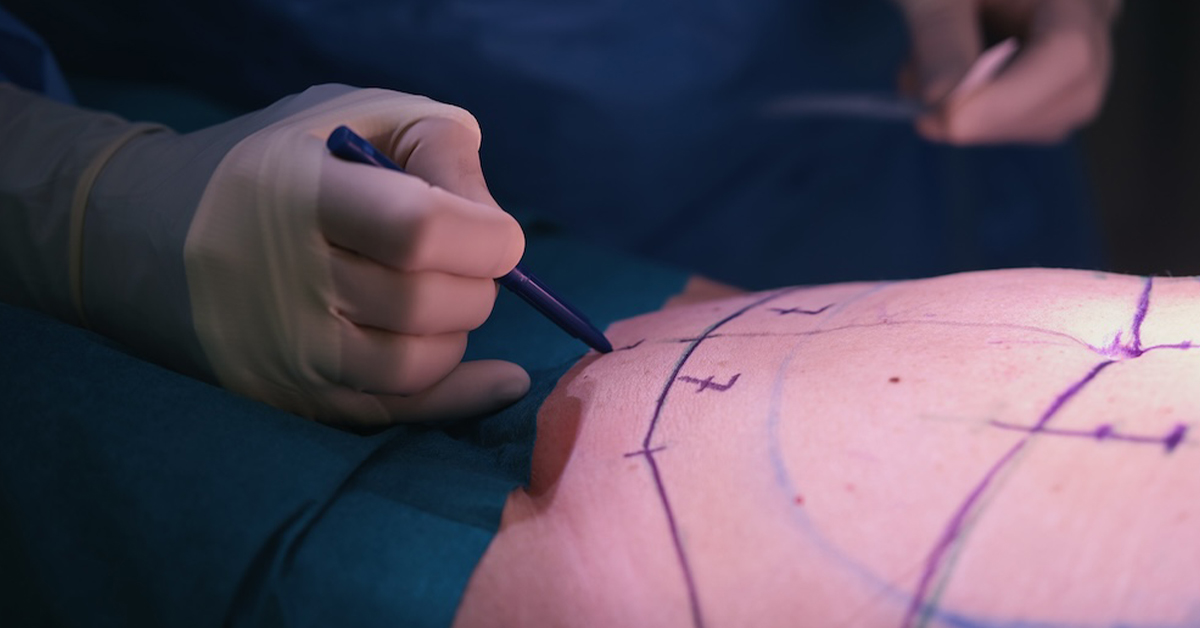How to Get Rid of Hanging Belly After C-Section?
Are you struggling with a hanging belly after your c-section? Don’t worry, you’re not alone. Many women experience this issue and wonder how to get rid of it. But what are the most effective methods to reduce postpartum belly and regain your confidence?
To address a hanging belly after a C-section, options range from surgical interventions such as Abdominoplasty (tummy tuck), which removes excess skin and fat while tightening muscles, to minimally invasive procedures like BodyTite, utilizing radiofrequency for contouring.
We will explore postpartum belly reduction techniques, c-section recovery exercises, and the use of abdominal binding after childbirth that can help you on your journey to a flatter tummy.
Key Highlights
-
Postpartum belly reduction techniques can help reduce hanging belly after a c-section.
-
C-section recovery exercises are beneficial for strengthening the abdominal muscles.
-
Abdominal binding after childbirth can provide support and help gradually reshape the belly.
-
Both surgical and non-surgical options are available for treating post c-section hanging belly.
-
Maintaining a healthy diet and performing targeted exercises can aid in reducing excess belly fat.
Understanding Post C-Section Hanging Belly
A hanging belly after a c-section is a common concern among women. It is often caused by a condition called Diastasis recti, which refers to the separation of the abdominal muscles.
Diastasis recti occurs during pregnancy when the growing uterus puts pressure on the abdominal wall, causing the muscles to stretch and separate. This separation can result in a protruding and sagging belly.
Aside from diastasis recti, there are other factors that contribute to post-c-section hanging belly. These include:
-
Pregnancy itself: Carrying a baby for nine months stretches the abdominal muscles and the skin, which can lead to a loose and sagging belly after delivery.
-
Postpartum weight loss or gain: Fluctuations in weight can affect the elasticity of the skin, making it more prone to sagging.
-
Hormonal changes: Hormonal shifts that occur during and after pregnancy can impact the tone and firmness of the abdominal muscles.
-
Genetics: Some women may be genetically predisposed to have weaker abdominal muscles or looser skin.
-
Poor healing after cesarean delivery: If the incision site does not heal properly or becomes infected, it can affect the appearance of the abdomen.
Understanding the underlying causes of hanging belly after a c-section is crucial in finding the right treatment approach. By addressing the specific factors contributing to the condition, women can take steps towards reclaiming a firmer and flatter abdomen.
“A hanging belly after a c-section is often caused by diastasis recti, but other factors like pregnancy, weight fluctuations, hormones, genetics, and poor healing can also play a role. By understanding the causes, women can choose appropriate treatments to achieve a flatter and more toned abdomen.”
Treatments for Post C-Section Hanging Belly
When it comes to treating post c-section hanging belly, you have both surgical and non-surgical options available. Depending on your individual needs and preferences, you can choose the approach that works best for you. Here are some effective treatments to consider:
Non-Surgical Solutions
If you prefer non-invasive methods, there are several options to help reduce belly fat and tighten loose skin:
-
ThermiSmooth Body: This non-invasive treatment uses radiofrequency energy to target and tighten the skin, improving the appearance of your abdomen.
-
Postpartum Abdominal Exercises and Nutrition: Engaging in postpartum abdominal exercises and following a balanced diet can help strengthen your core muscles and promote overall weight loss.
-
Postnatal Fitness Programs: Joining postnatal fitness programs specifically designed to target the abdominal area can provide effective results in toning your belly.
-
Postpartum Supportive Garments: Belly bands and compression garments can provide support to your abdominal muscles, aiding in the healing process and minimizing the hanging belly appearance.
Surgical Solutions
When it comes to achieving more significant changes and improving body contour, surgical procedures can be an option to consider. The following surgical solutions can help address the issue of a hanging belly after a c-section:
-
Tummy Tuck Surgery (Abdominoplasty): Is a popular procedure for post-c-section hanging belly. This surgical intervention involves the removal of excess skin and fat from the abdominal area, resulting in a flatter and more toned appearance. Additionally, it includes the tightening of the abdominal muscles, which can help address diastasis recti, the separation of the abdominal muscles caused by pregnancy or c-section delivery.
-
Liposuction: is another surgical procedure that can be considered to target stubborn fat deposits in the abdomen. This procedure involves the removal of excess fat through suction, resulting in a more contoured and sculpted abdominal area. Liposuction can be a suitable option for individuals who have excess fat that is resistant to diet and exercise.
The Pros and Cons of Each Treatment Option
| Treatment Option | Pros | Cons |
|---|---|---|
| Non-Surgical (ThermiSmooth Body, Postpartum Exercises and Nutrition, Postnatal Fitness Programs, Postpartum Supportive Garments) |
|
|
| Surgical (Abdominoplasty) |
|
|
Before making a decision, consult with your healthcare provider to determine which treatment option is the most suitable for you. They can assess your unique situation and guide you towards the best course of action. Remember, everyone’s journey is different, and what matters most is your comfort and satisfaction with the results.
Top Tips for Getting Rid of Hanging Belly
Along with medical interventions, there are several lifestyle choices that can aid in getting rid of hanging belly after a c-section. By incorporating these tips into your daily routine, you can effectively reduce the appearance of your post-c-section belly:
-
Maintain a Healthy Diet: Focus on nourishing your body with a healthy diet tailored for new mothers. Include plenty of high-fiber foods such as fruits, vegetables, and whole grains. Opt for lean proteins like chicken, fish, and tofu, and incorporate good fats from sources like avocados, nuts, and seeds.
-
Strengthen Core Muscles: Engaging in exercises that target your core muscles is essential for toning and tightening your abdominal area. Incorporate exercises like plank variations, crunches, leg raises, and pelvic tilts into your fitness routine. Consult with a qualified fitness professional or physical therapist to ensure you are performing exercises correctly and safely.
-
Perform Scar Tissue Massage: Massaging the scar tissue gently can aid in healing and minimize its appearance. Use your fingertips to apply light pressure and circular motions over the scar. Be sure to check with your healthcare provider before initiating scar tissue massage to ensure proper healing has occurred.
By implementing these tips, you can work towards achieving a flatter and firmer abdomen after a c-section. Stay committed, be patient with your body, and remember that small lifestyle changes can make a big difference in your postpartum recovery journey.
Recovery and Healing Process
After undergoing a surgical procedure to address a hanging belly following a c-section, proper recovery and healing are crucial for optimal results. To ensure a smooth recovery, here are some essential steps to follow:
-
Wear a Post-Surgical Garment: One key aspect of the recovery process is wearing a post-surgical garment. This specialized garment provides support to the treated area, minimizes swelling, and helps contour the body. Your healthcare provider will recommend the most suitable type and duration for wearing a post-surgical garment based on your specific case.
-
Follow Scar Care Instructions: Caring for your surgical incisions plays a significant role in minimizing scarring and promoting proper healing. Your surgeon will provide detailed instructions on how to care for your scars, including proper cleaning techniques, wound dressings, and moisturization. Adhering to these instructions is crucial for achieving the best possible cosmetic outcome.
-
Adhere to the Healing Timeline: Following a surgical procedure, your surgeon will provide you with a healing timeline. This timeline outlines the expected recovery milestones and when you can gradually resume normal activities. It is essential to follow this timeline diligently to ensure optimal healing and to prevent complications.
It’s important to note that the recovery process may vary from person to person. Your surgeon will monitor your progress and make any necessary adjustments to ensure your recovery is on track.
Always reach out to your healthcare provider if you have any concerns or questions during the recovery period. By following these guidelines, you can support your body’s healing process and achieve the best possible results.
Conclusion
The journey to get rid of hanging belly after a c-section requires a comprehensive approach that combines medical interventions and lifestyle choices. It is important to set realistic expectations and recognize that the recovery timeline may vary for each individual.
However, it is crucial to prioritize self-care and embrace the changes that come with motherhood. Balancing the responsibilities of motherhood with self-love is key in regaining confidence and loving your postpartum body.
By following the advice of healthcare professionals, maintaining a healthy lifestyle, and focusing on emotional well-being and body positivity, you can achieve your postpartum recovery goals and feel proud of the strength and resilience of your body.
Frequently Asked Questions
A hanging belly post-C-section can result from diastasis recti (separation of the abdominal muscles), pregnancy stretching the abdominal muscles and skin, postpartum weight fluctuations, hormonal changes, genetic predisposition, and poor healing of the cesarean incision.
Yes, non-surgical treatments include ThermiSmooth Body, targeted postpartum abdominal exercises, postnatal fitness programs, and the use of postpartum supportive garments like belly bands to aid in muscle recovery and skin tightening.
Surgical options like a tummy tuck (abdominoplasty) and liposuction offer more significant improvements by removing excess skin and fat, and in the case of abdominoplasty, tightening the abdominal muscles. These options are considered for more substantial changes to body contour.
Non-surgical treatments are less costly, have no surgical risks, and improve overall health but may offer varying results and require time and dedication. Surgical treatments can provide significant improvements and permanent removal of excess skin and fat but come with higher costs, longer recovery times, and associated surgical risks.
The recovery involves wearing a post-surgical garment for support, following detailed scar care instructions, and adhering to a healing timeline provided by the surgeon to ensure optimal healing and results.
Scheduling a Tummy Tuck in Miami, FL
If you’re interested in learning more about a Tummy tuck and want to take the first step, we encourage you to schedule a consultation with us. To make an appointment or to find out more information, you can call us at (305) 406-9055 or conveniently schedule a consultation online.










